What it’s like to buy a canned railway stone in Japan
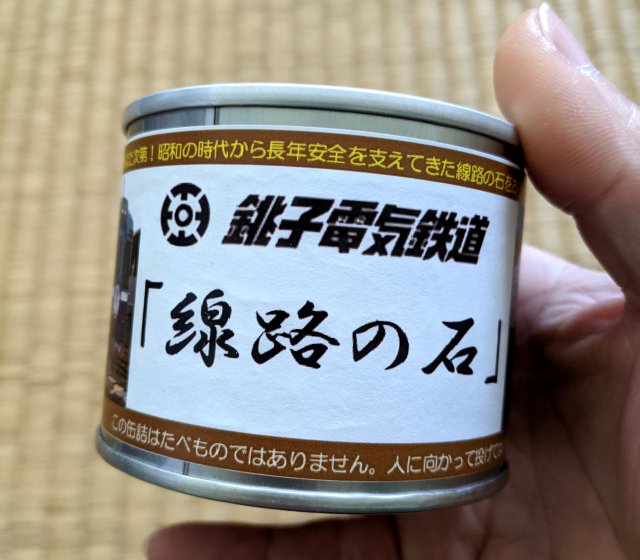
A can full of playfulness and surprises.
In Choshi City, Chiba Prefecture, you’ll find a local line called the Choshi Electric Railway. This 6.4-kilometre (4-mile) long railway is the only line operated by the privately owned Choshi Electric Railway company, and after a marked decline in customers put it into the red, it branched out into the food business to subsidise its operations.
Now, the company makes more money from its food range — which covers sweets and snacks like senbei rice crackers — than it does from selling train tickets, and this is exactly what makes the railway particularly loved by train enthusiasts.
Those who love the railway line will be happy to know they can now own a piece of it, and by “piece” we mean they’re now selling stones collected from the tracks. Adding to the fun of the unusual release is the fact that these stones are being sold in cute cans.
Keen to support the flailing railway company, and curious to find out what a canned stone would look like, we headed out to where they’re being sold in Tokyo, at a store next to the JR Express Bus Terminal at the Yaesu South Exit of Tokyo Station.
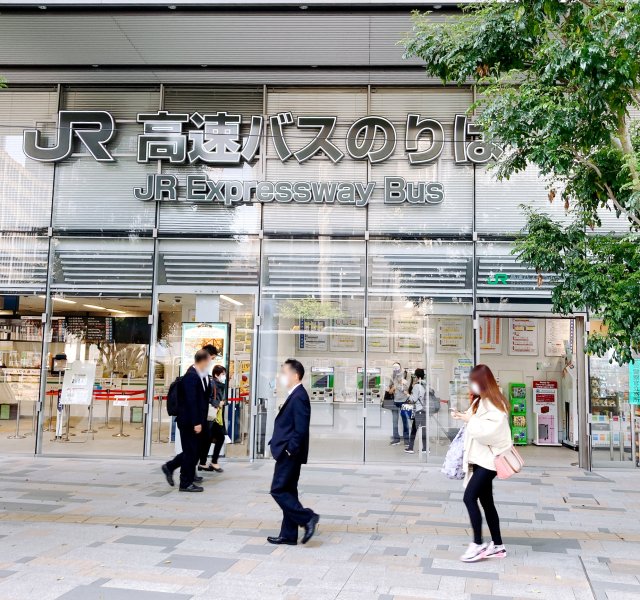
This store stocks a wide range of products by Choshi Electric, including their famous nure senbei (wet rice crackers) and dog nails, which are used to fix sleepers on the railroad tracks.
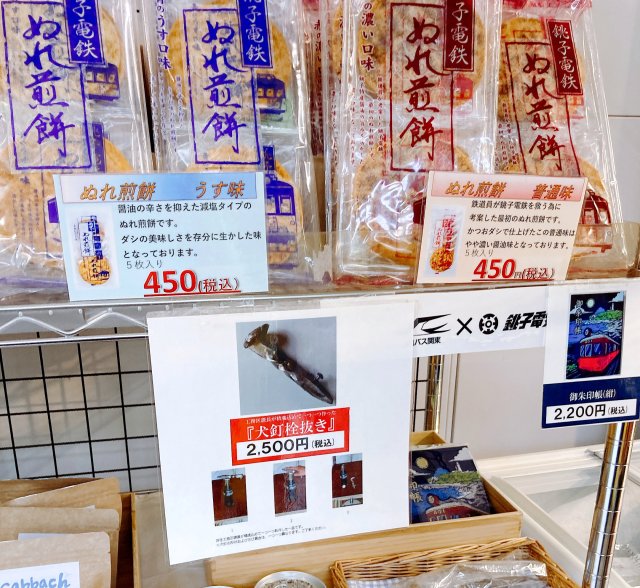
As we browsed the shelves, it didn’t take us long to spot the railway track stones, which are priced at 550 yen (US$5.10) per can.
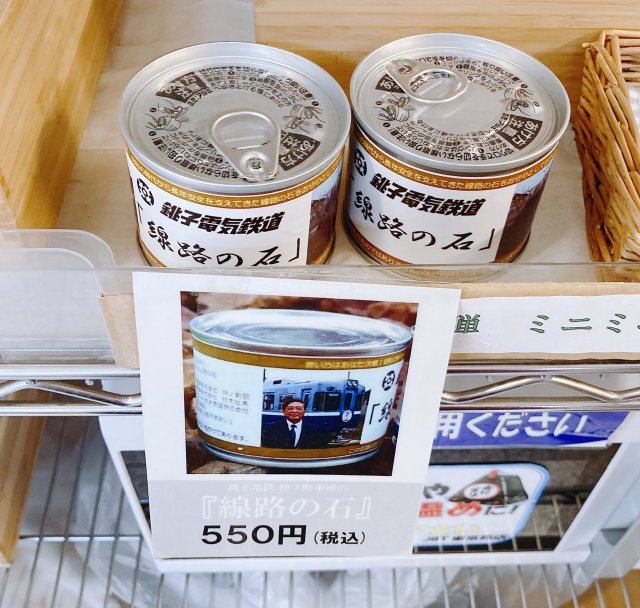
We immediately made our purchase and once we’d made our way home with it, we took the can out for a closer inspection.

The product label looked like it belonged to a canned food product, only with unusual details that read:
Product Name: Stone (gravel)
Ingredients: Stone more than 50 years old
Use By Date: Eternity
Collection Place: Choshi Electric Railway Nakanocho Station
Collector: Choshi Electric Railway President Takemoto
We had to read that last part one more time to check we were reading things correctly. Yes, this was no mistake — the stone inside this can had been personally collected by Katsunori Takemoto, the president of the railway company!
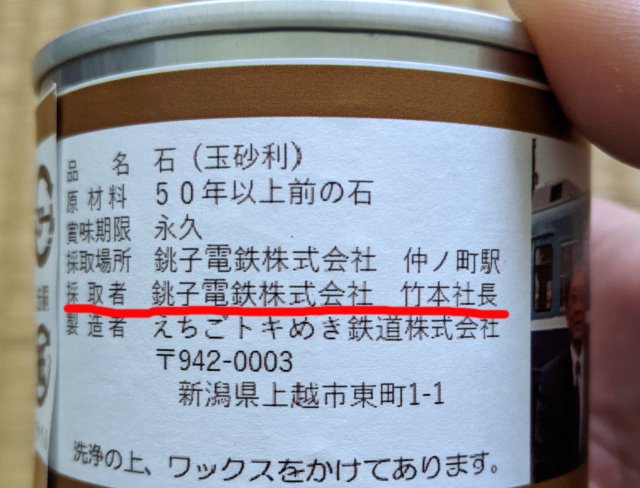
And to attest to the authenticity of the product inside, the label included a photo of a rail employee collecting stones from the tracks at Nakanocho Station.
▼ Is that you, President Takemoto?
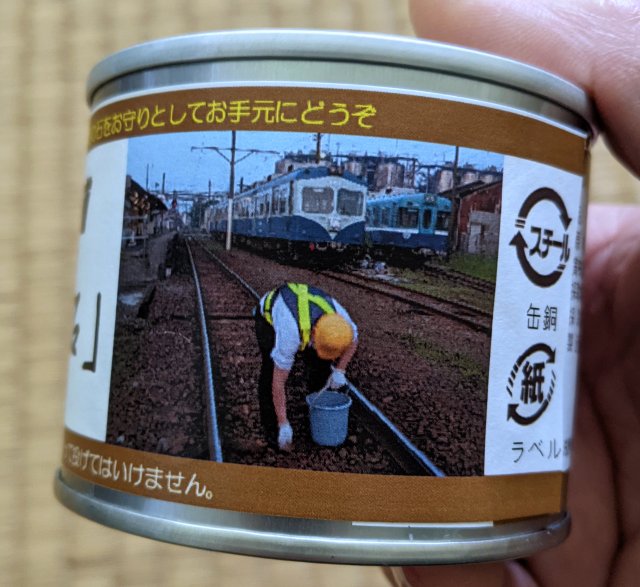
The personal touches on the can made this a nice change to all the other factory-made souvenirs on the market, and when we opened it up, our love for Choshi Electric deepened even further when we saw what was inside.
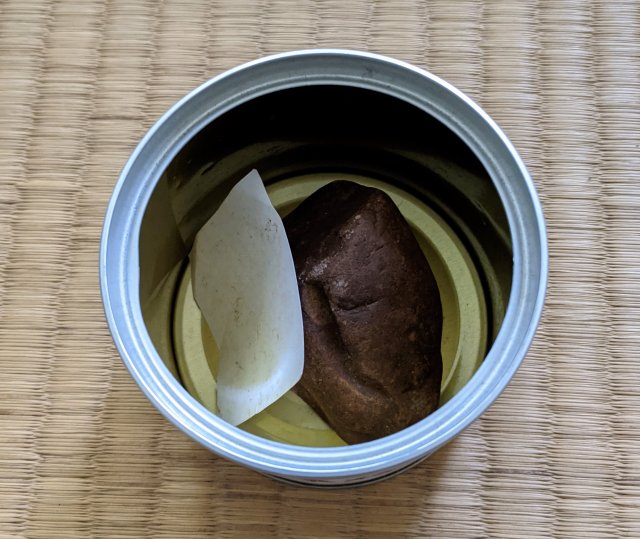
We lifted out the stone, which was older than ourselves, and while we expected it to be black and oily due to the lubricating oil used on railroad tracks to keep the trains running smoothly, the stone was smooth and not oily at all.
It was beautifully polished and felt great on the skin, with rounded edges that had been smoothed after its many decades on the railway tracks. Knowing the history behind the stone imbued it with a special allure that made it well worth the money we’d paid for it.
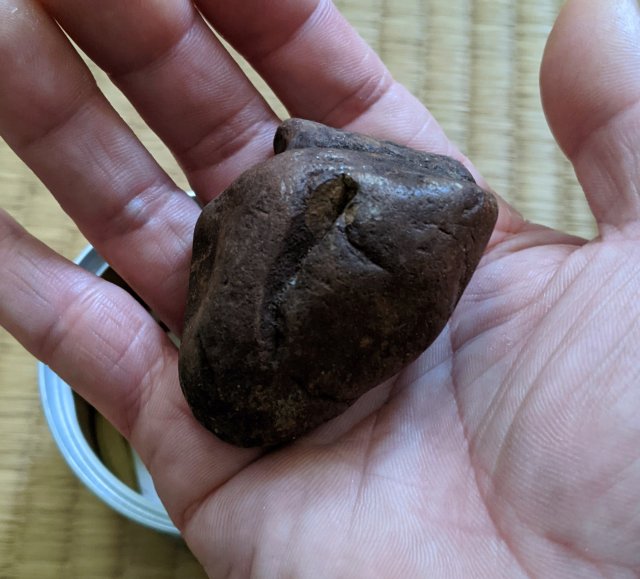
Included with the stone was piece of paper that read “Railway Omikuji” (Railway Fortune”). The fortune we received was “daikichi”, which is the highest level of luck you can receive, and it came with the sweet message “Travel safely”.
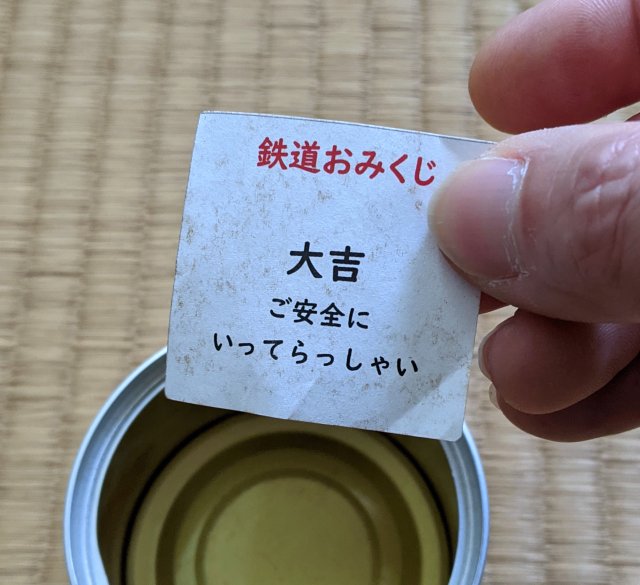
We immediately tucked the paper fortune into our wallet, to help provide us with luck during our travels, and popped the stone on a shelf, where it could be given the admiration and love it deserves.
It was comforting to know that this chunk of rock, once lying outdoors under heavy trains and noise, had now been given a warm, quiet home to rest. It’s certainly one of the weirdest souvenirs we’ve ever bought in Japan, and that’s saying something, seeing as we’ve worn rice ball rings on our fingers and bathed in beer bath powder before!
Photos © SoraNews24
● Want to hear about SoraNews24’s latest articles as soon as they’re published? Follow us on Facebook and Twitter!
Credit:

0 comments: